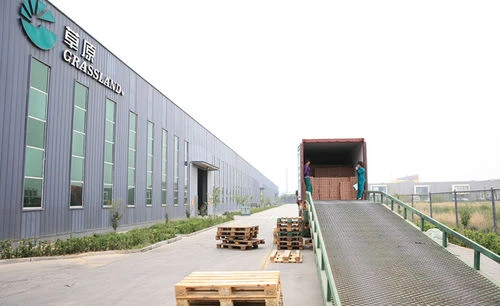Current location:grinding wheel nomenclature pdf >>Text
grinding wheel nomenclature pdf
disc for cutting stone55People have read
IntroductionUnderstanding Grinding Wheel Material Composition In the realm of industrial machining and manufactu...

Understanding Grinding Wheel Material Composition In the realm of industrial machining and manufacturing, grinding wheels play a crucial role. These tools, composed of abrasives and bonding materials, are essential for shaping, finishing, and honing various materials. The composition of grinding wheels significantly influences their performance, durability, and suitability for specific applications. This article delves into the materials that constitute grinding wheels, their properties, and their roles in the grinding process. The Components of Grinding Wheels The fundamental components of a grinding wheel include the abrasive material, the bonding agent, and the filler materials. Each of these components contributes to the overall effectiveness and efficiency of the wheel. 1. Abrasive Materials Abrasive materials are the primary component of grinding wheels. They are responsible for cutting and shaping the workpiece. The choice of abrasive directly affects the wheel’s effectiveness, with common materials including - Aluminum Oxide Known for its versatility, aluminum oxide is suitable for grinding ferrous metals and is found in a variety of forms, including white, pink, and brown options, each tailored for specific applications. - Silicon Carbide This material offers a cutting action that is superior for non-ferrous metals and hard materials like glass and ceramics. Silicon carbide wheels are often green or black, with the former being more commonly used for harder materials. - Diamond The hardest known abrasive, diamond is typically used for grinding extremely hard materials. Diamond wheels are often used in specialized applications involving ceramics, stone, and composite materials. - Cubic Boron Nitride (CBN) CBN is another ultra-hard abrasive primarily used for grinding high-speed steels and superalloys. Its thermal stability makes it a suitable choice for high-speed grinding operations. 2. Bonding Agents grinding wheel material composition pdf Bonding agents hold the abrasive particles together and provide the structural integrity of the grinding wheel. Various bonding materials are used, each with its unique properties - Vitrified Bond Made from clay and various materials, vitrified bonds are glass-like and provide excellent rigidity. They are typically used in applications requiring precision and durability. - Resinoid Bond This synthetic bond provides flexibility and can be formulated to cater to various grinding conditions. Resinoid bonded wheels often produce less heat during grinding, minimizing thermal damage to the workpiece. - Rubber Bond Known for its ability to conform to the workpiece, rubber bonds are suitable for applications that require a fine finish. These wheels are particularly useful in the grinding of complex shapes. 3. Filler Materials Filler materials are added to improve the performance characteristics of the grinding wheel. These components can influence the density, porosity, and overall grinding action of the wheel. Conclusion The composition of a grinding wheel is a complex interplay of its abrasive materials, bonding agents, and fillers. Understanding these components helps manufacturers select the right grinding wheel for their specific applications. A well-chosen grinding wheel not only improves productivity and efficiency but also enhances the quality of the finished product. As technology continues to evolve, the development of advanced materials and bonding techniques will likely lead to the creation of more efficient and specialized grinding wheels. This ongoing innovation is essential for meeting the ever-increasing demands of modern manufacturing processes, ensuring that grinding remains an integral part of the industrial landscape.
Tags:
Previous:40 입도 판판
Latest articles
disco de cortar piedra
grinding wheel nomenclature pdfCutting stone with precision and efficiency requires using the right tools, and a stone cutting disc...
Read More
Durable 60 Grit Flap Wheel for Efficient Sanding and Grinding Applications
grinding wheel nomenclature pdfThe Versatility of 60% Grit Flap Wheels in Metalworking In the world of metalworking and surface pre...
Read More
thin metal cutting disc for angle grinder
grinding wheel nomenclature pdfIn the realm of metalworking, the right tools can make all the difference between a rough finish and...
Read More
Popular articles
- Grinding Wheel for Stone Polishing and Finishing Applications
- curved edge flap disc
- thin kerf metal cut-off disc
- Choosing the Right Grinding Wheel for Your Angle Grinder Needs
- Aluminum Oxide Flap Wheel for Efficient Finishing and Polishing Applications
- Multifunctional Cutting Disk for Versatile Applications and Efficient Performance
Latest articles
-
4 1 2 inch masonry cutting wheel
-
Saw Blade Reinforced 400mm 16 Inch Resin Cutting Disc
-
4 inch masonry cutting disc for precision stone and brick work applications
-
High-Performance Cutting Wheels for Chop Saws to Enhance Metal Fabrication Efficiency
-
Flap Sanding Discs for Wood Finishing and Surface Preparation
-
230mm Flap Disc for Efficient Grinding and Polishing in Metalworking Applications